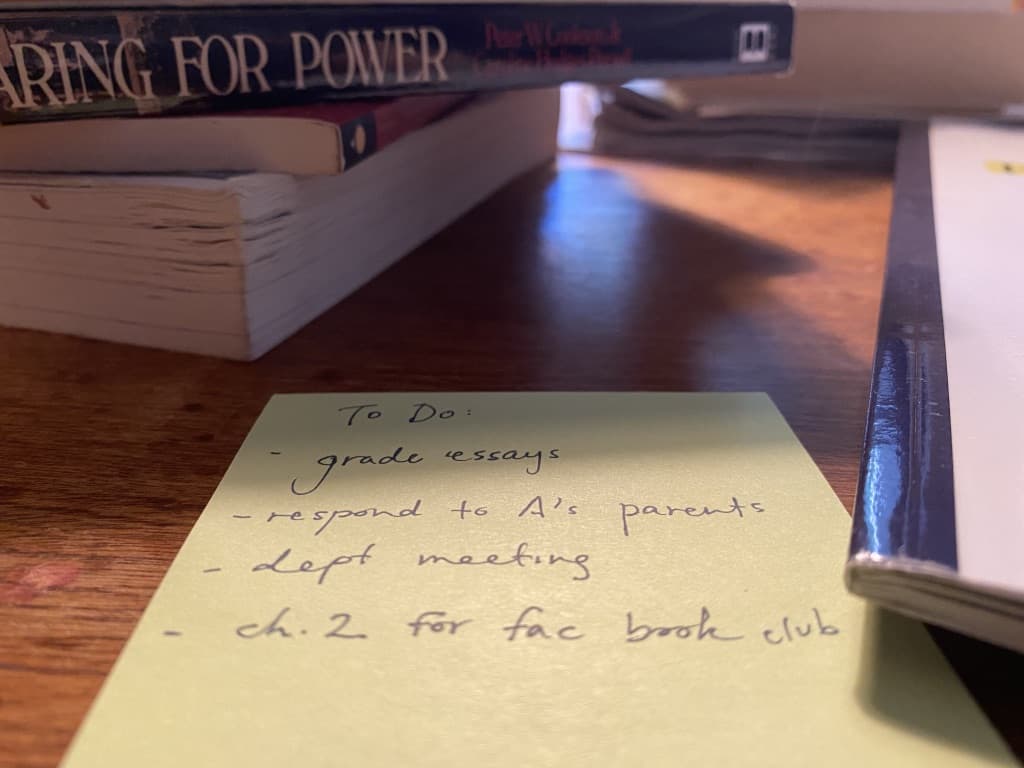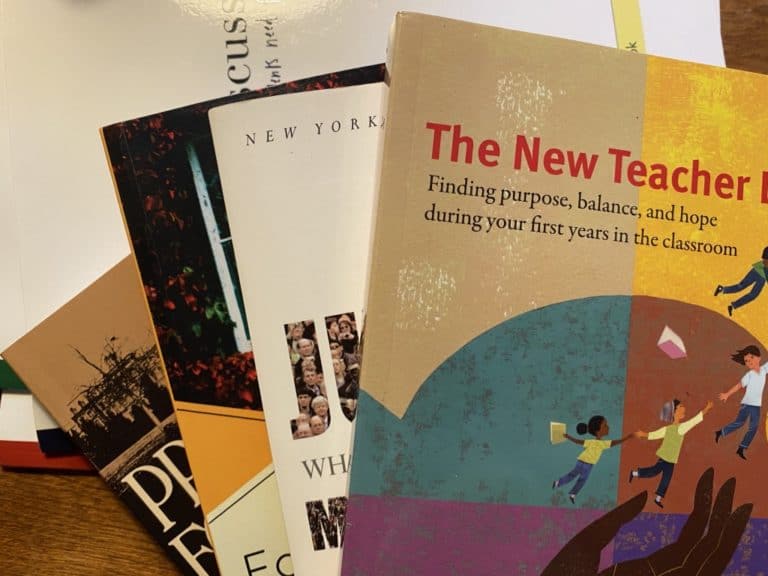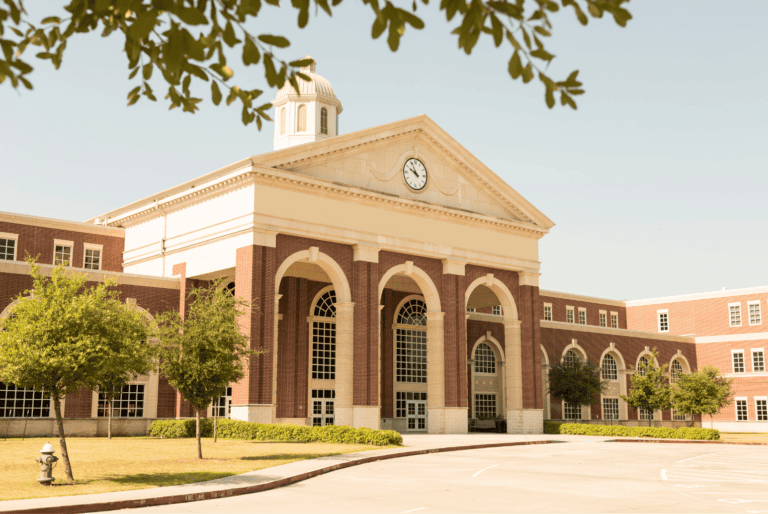Discourse in our Time
This week’s Beyond the Syllabus brings together of-the-moment public debates, critical research, and retellings of history that cause us to renew our perspective on and passion for discourse in the classroom and beyond.
Book Joe Feldman, Grading for Equity: What it is, Why it matters, and How it Can Transform Schools and Classrooms Feldman’s book is neither new nor unheard of; we know that many readers will have already been challenged by it in the past. We recommend revisiting the text, though, in our current context, for the ways in which the book pushes us to practically, actively take both anti-racist and anti-bias action in schools. Feldman, rightly, focuses on disproportionately negative outcomes for students of color and students from poor backgrounds in schools with intentionally or unintentionally biased and uneven tasks and assessment strategies. Bias of all kinds is relevant for all teachers and toward all students, though, and it takes on different shapes in different schools; Feldman’s text asks us all to recognize and change our biased policies. In a political environment in which perhaps the only universally accepted truth is the presence of bias, Feldman’s book reminds educators that they can and have a responsibility to eradicate bias in their practice to the empowerment of the most marginalized in their school communities.
Debate Parler Sues Amazon Speaking of bias: it was impossible to find an unbiased account of “right-wing” or “free-speech” or “White Supremacist” (depending on who you ask) Parler’s takedown this week. Almost unanimously, though, news outlets predict that vociferous arguments over the responsibility of tech giants, government, and individuals in online discourse will define the next several years, if not the next generation. For teachers who implement discussions in their classrooms, these debates must both frame the way that we think about teaching discussion and the discussions we hold about justice, technology, and civil rights. Though more recent legal precedent has voted to limit freedom of speech in public schools, and though many schools’ disciplinary policies include content outlining acceptable language, studies in motivation and engagement suggest that authentic student voice can be key to the success of a discussion (just as authentic free speech is critical to a democracy). Where, when, and which communities can create limits on speech may well be the question of the generation: it is also a question that we, as teachers, must consider as seriously as ever at this moment.
History Clint Smith, Confederates in the Capital. Smith’s explanation of the history behind the widely-circulated “Flag Photo” (by Reuters’ Mike Theiler) adds contours and shadow to the figures within it. What stands out about Smith’s contextualization of the portraits, of John C. Calhoun and Charles Sumner, is how clearly the stories of both remind onlookers of the violence of discourse in United States history — violence from which none of us have escaped. Despite dignified assertions of friendly, progress-motivated discourse on the floors of the Senate and the House last Wednesday night, the story Smith tells of Sumner’s beating on the Senate floor reminds us that democracy and progress have not always been civil and safe. This violence undergirds, and creates the backdrop, for the symbol of hate at the center of Theiler’s photograph. As teachers, both the article and the history can both enrich student understanding of the present moment and frame critical conversations about just what learning how to discourse with one another is worth. We recommend Smith’s piece for the clarity with which it situates viewers into Theiler’s image, American history, and the uncomfortable failures of debate and democracy that are part of our practice.






